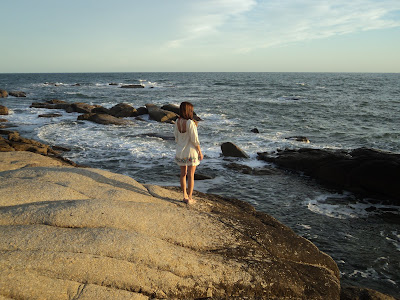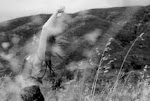
Photo by: Jorge Molina (en la piel de la selva)
When Windows was first introduced in the early nineties it caused fascination. It made using computers easier introducing a simpler way of managing different programs. If we used Word, for example, double clicking allowed us to perform different commands, open more than one document at a time and work on other programs as well, be that Excell, Power Point, or any other of the programs that we are all familiar with today. Then, when it was time to shut our computer down, closing all the opened "Windows" requiered us to simply click on the "x". With the development of the internet we were able to apply a similar concept as Windows while surfing: click on the link, then in another and so on.
Although both Windows and the internet created grounds that allowed us to work comfortably from one single place and communicate faster and more effectively, they also made us go, in my opinion, bi-dimensional. The fact that we no longer have to go through the trouble of, for example, visiting a library or book shop to look for content has made us disregard the notion of all all the work that it takes to create, put together and display information in a given field - sometimes forgetting even what it's like to feel a real book, the paper, the art in the cover. Remember CD's? I know, that was a long time ago.
If you are curious and are in Buenos Aires, you have a chance to immerse yourslef in a world of books.
The Book Fair takes place every fall. Book publishers gather to present their book collections and launch new books and publications. This year, the Fair has even more relevance since Buenos Aires has been chosen by by the United Nations Educational, Scientific and Cultural Organization as the World's Book Capital of 2011.
The Book Fair is also a good start to undesrtand why Buenos Aires is famed for it's cultural production.
It offers conferences and discussion panels in various subjects: Economics, Politics, Law, Psychology, Ecology, Management, to name a few.
This year it is has invited Mario Varga Llosa, Rosa Montero, Jorge Edwards and Wilbur Smith amongst many and various prestigious writers and thinkers.
It hosts music, choir and ballet shows as well as workshops on Textile Art from the Andes (Arte textil andino), Literature, Story Telling, Opera and Poetry readings. A cultural feast you shouldn't miss.
Where: La Rural Exhibition Center, Ave. Santa Fe and Sarmiento, Palermo, Bs As.
When: Til May 9, 2011.
Post by: Valeria Mendez Cañas.

















































